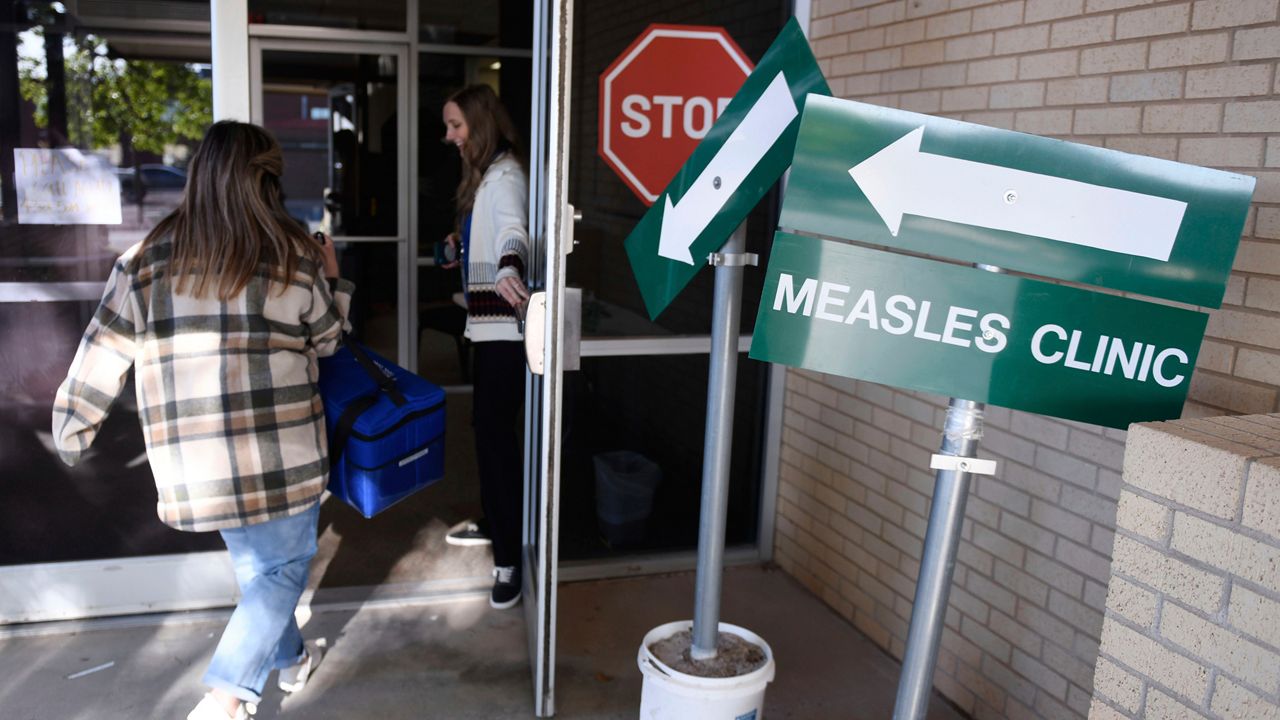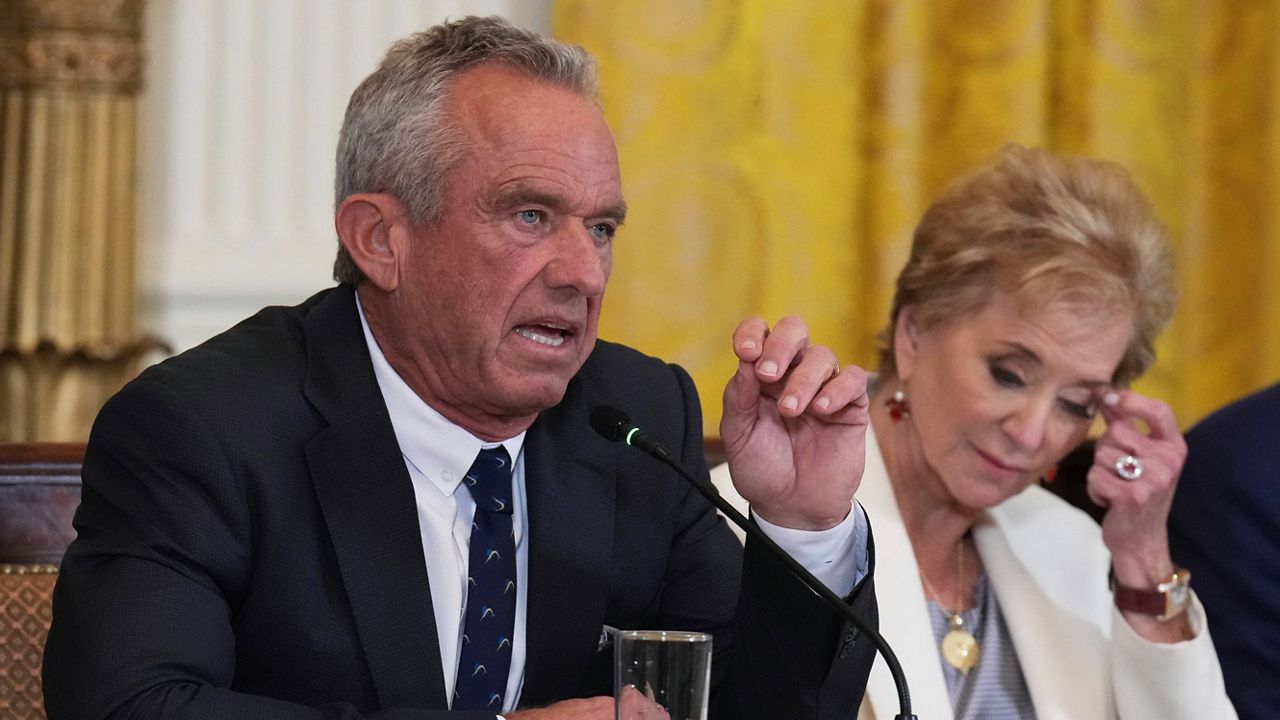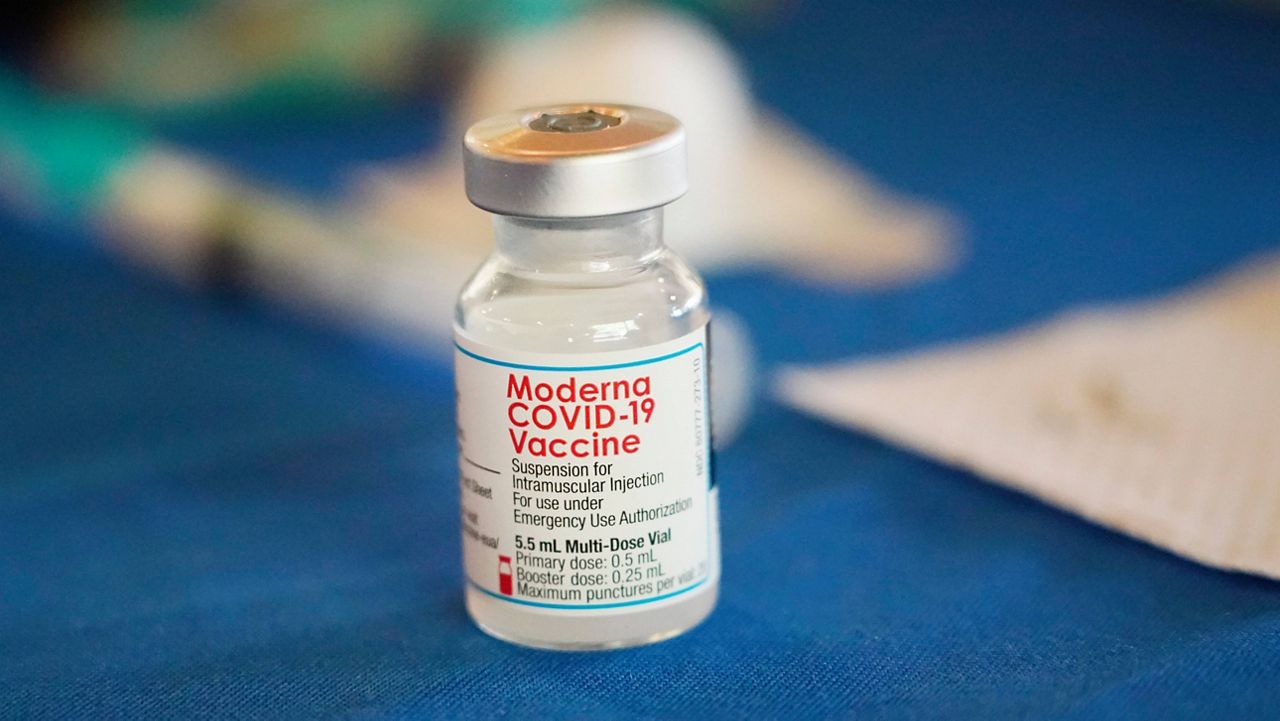CHAPEL HILL, N.C. — Nearly 83% of all inpatient bed space for adults and children is occupied in North Carolina, according to the U.S. Department of Health and Human Services.
Finding space for sick children can be complicated in many North Carolina hospitals.
UNC Children’s is no different. Their pediatric emergency department is feeling the brunt of ongoing respiratory illnesses.
“This is where some of the sickest patients come,” Dr. Daniel Park said on Thursday.
"As a parent, it's very hard, you know, to deal with respiratory issues in children. They're very, very scary, especially in the middle of the night,” he said. "No one saw that coming. And that's why it's been taxing our system locally, but also nationally.”
A surge unit was opened the week before Thanksgiving on floors above the child emergency care space.
Park said they are not out of the woods by any stretch of the imagination, yet he feels their group has gotten stronger because of what they have overcome.
Park, the medical director of this unit, joined the UNC Children’s Pediatric ER in 2016.
The floor leader said this team of nurses, doctors and workers has been running wide open since January 2020 when the pandemic took off.
"There's been no time to breathe. I mean, it's just the staff who have remained are quite resilient,” Park said.
When signs of COVID-19 began to simmer, Park and his UNC Children’s Pediatric ER nurse manager, Pedro Fernandez-Cueto, were met head on by new viral enemies.
The pair said a wave of respiratory syncytial virus, commonly known as RSV, and the flu hit their crews hard this fall.
"I don't think anyone was naive. I think even the experts didn't know this was going to happen. You know, these surges in RSV after COVID were entirely unpredictable,” Park said.
Fernandez-Cueto said it's been hard for the caregivers and their recipients. Yet resiliency remains a constant theme.
“Our storm can happen at any moment. It's just being ready for them. We can go from having seven patients at a time to being 12 patients and then having 12 patients in our waiting room,” Fernandez-Cueto said.“Our storm can happen at any moment. It's just being ready for them. We can go from having seven patients at a time to being 12 patients and then having 12 patients in our waiting room,” Fernandez-Cueto said.
The top nurse on the floor said being ready and adaptable to unpredictability is the goal.
Even though the morning of Dec. 1 appeared slow, it was anything but that. The medical team confirmed seven out of the 12 physical beds were full.
What they prioritize is being capable at all times to handle a sudden influx of sick boys and girls.
Park and Fernandez-Cueto said the biggest priority is making sure they have the people in place to handle a flood of patients.
"My No. 1 thing is patient safety all the time. 100%. 365. 24/7. It's just we, Pedro and I, work to create the safest environment for our patients and our staff in the pediatric emergency department,” Park said.
Parenthood brings a deeper element of compassion to their leadership.
For Fernandez-Cueto, being a father has impacted how he does his work.
“I treat every kid as if they were my own. Sometimes there's those kids that touch your heart a little bit more because they remind you of your child,” he said.
Fernandez-Cueto said he doesn’t have to imagine if his own children are sick in the emergency room. The nurse manager said recently his daughter was under Park’s care in their unit.
At the same time, the lead nurse on the floor can’t guarantee every child will leave the emergency department.
"It hurts. It hurts. It definitely hurts when we can't provide the care that we set ourselves or standard to,” he said.
Triaging resources, increasing staffing for nursing, getting help from the emergency services team, redirecting patients to other hospitals in the Triangle and preparing for sicker children are only a few ways they provide treatment on an around-the-clock basis.
“This is a team sport, 110%, and we show up for our patients, but we also show up for each other,” Park said.










